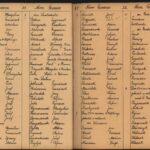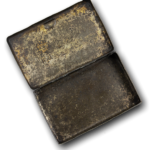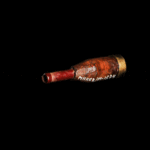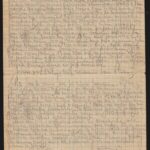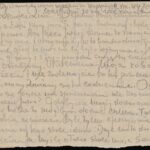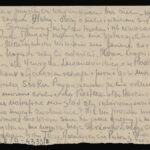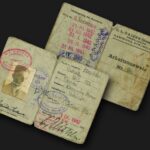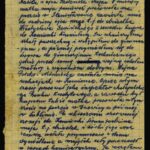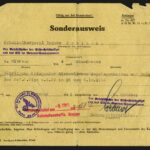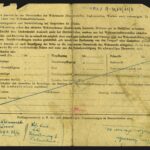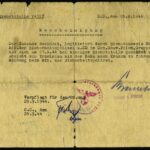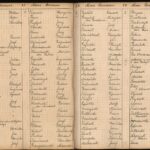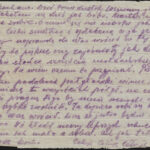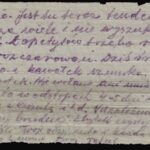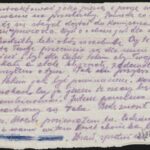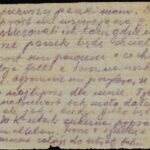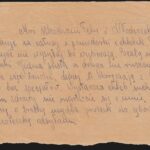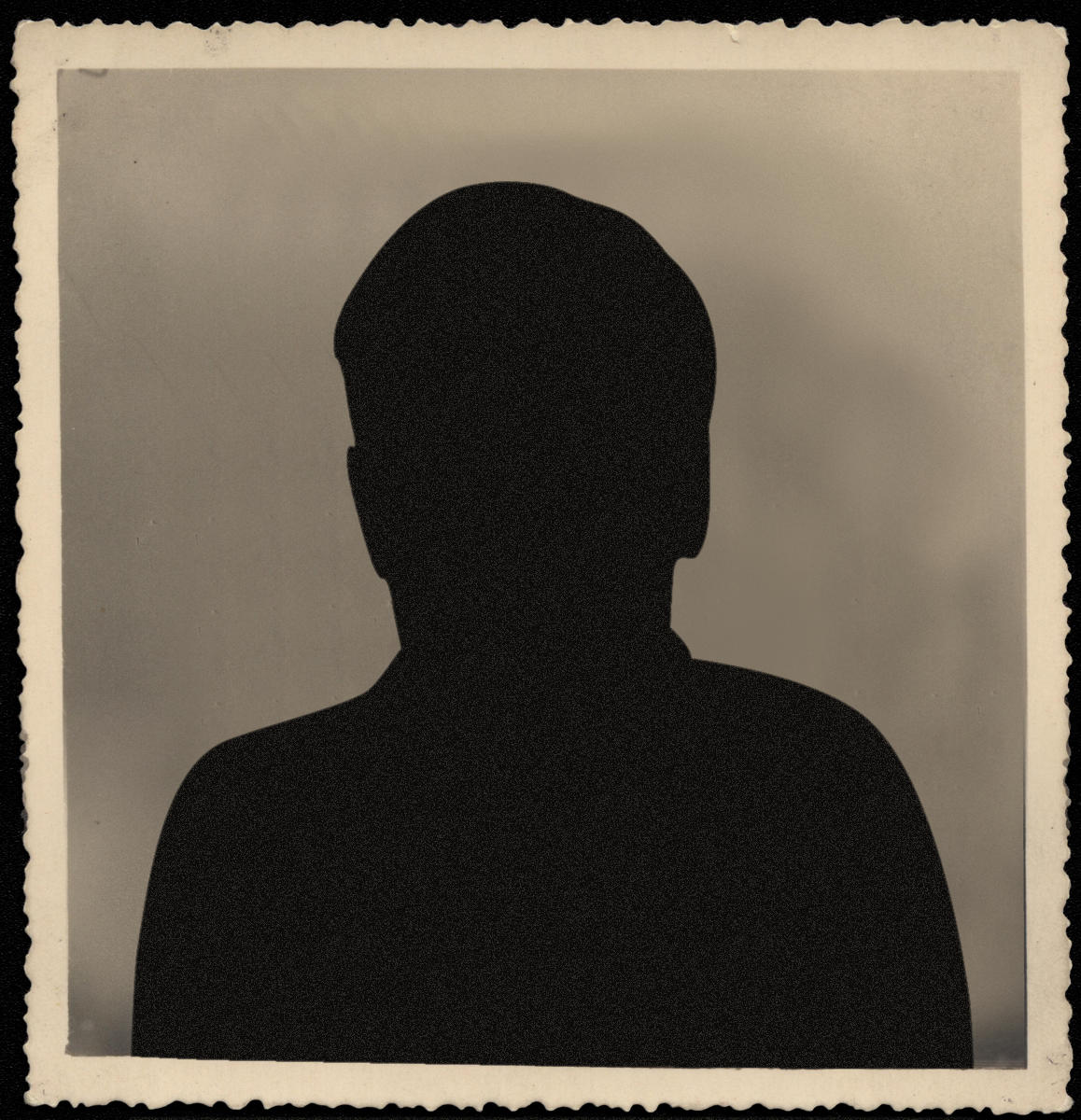PIOTR JÓZEF KRAJEWSKI
___
Piotr Józef Krajewski, son of Leon and Józefa, born on July 29, 1908, in Aleksandrów Kujawski, where he lived until 1944. In 1932, he graduated from the School of Commerce of the Industrial Chamber in Toruń.Until the outbreak of the war he worked in the Tax Office in Lipno.During the occupation he was employed in Inowrocław, in a seed purchasing centre.
He was arrested on the night of July 4, 1944, denounced by a German called Szatanberg or Szatenberg.He was accused of being a subversive element, which could mean any broadly defined anti-German activity.On July 5, 1944, he was brought to the prison in Włocławek, from where he managed to send a kite to his family.Then he was transferred to the prison in Radogoszcz, from where he sent his wife letters full of love and information about the situation in prison.
Piotr Krajewski was murdered during the liquidation of the prison on the night of January 17, 1945. His body was identified and buried in the grave inSt. Roch’s Cemetery in Łódź, and in 1957 it was exhumed and buried in the family grave.


